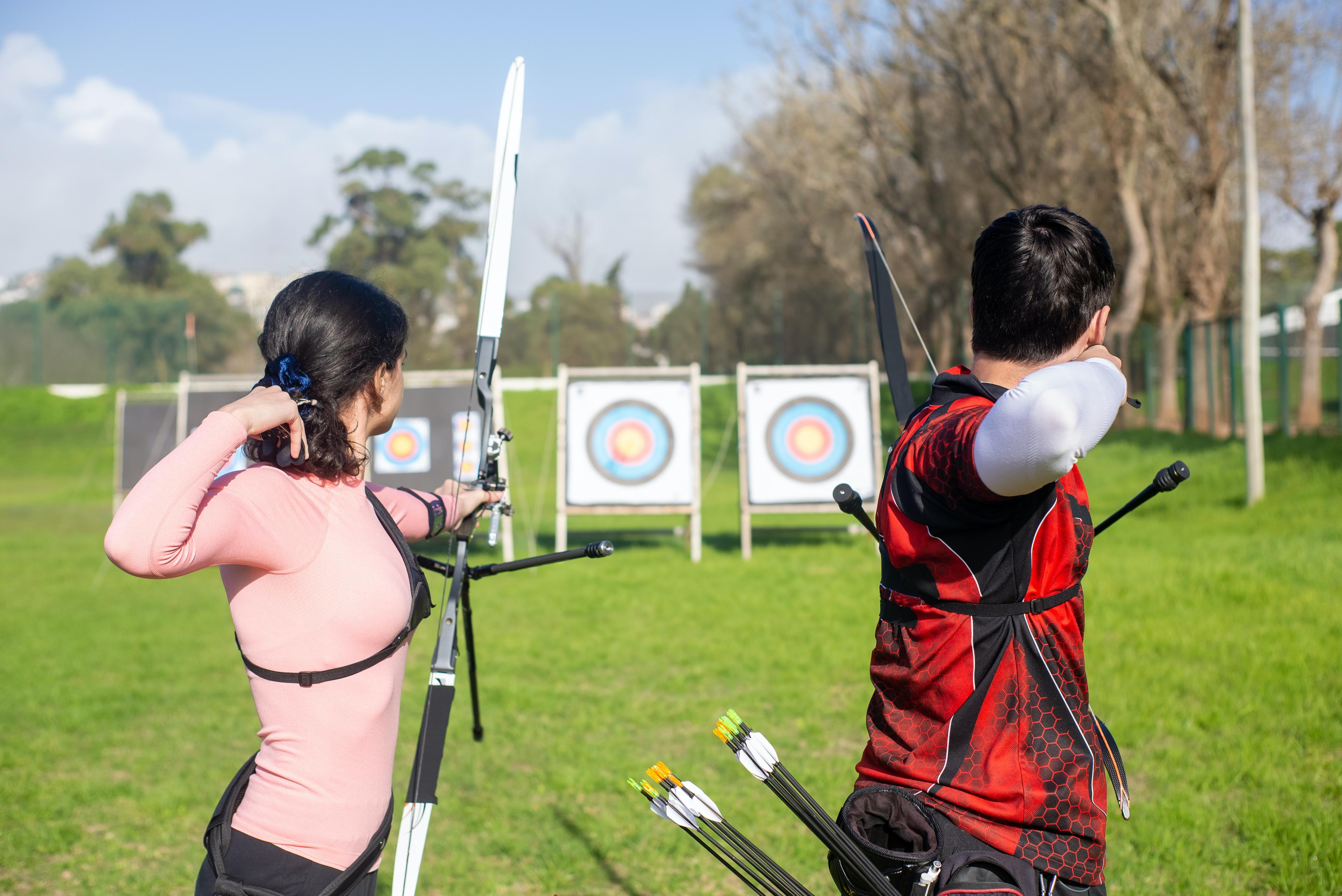


Archery for Kids - Everything You Need to Know
21 September 2023
Your child wants to start archery.
Great!
There are loads of benefits to children taking up archery as a sport, including improved focus and concentration, physical exercise, personal responsibility, etc., but, as a complete beginner, where do you, as a parent, start looking?
Read on for a brief introduction to the basics of archery.
How?
The best place to begin your research is within the online pages of Archery GB, the national governing body for archery within the UK. Archery GB is, in turn, governed by the World Archery Federation, which oversees the regulation, promotion and enjoyment of the sport of archery.
These are the archery experts, particularly in the world of competition, so if you follow their advice, you can’t go far wrong.
Where?
In 2021, Archery GB launched Start Archery, a website for absolute beginners. Start Archery is packed with archery resources and guidance for children, adults and teachers.
It also has a handy postcode-operated club and experience finder. Choose from taster sessions, beginner’s courses, have-a-go archery, and returner’s opportunities, all run by qualified coaches at ArcheryGB-approved centres.
Which?
A general Google search will find an overwhelming number of archery types. Start Archery sensibly lists a more manageable four main styles a beginner might like to try.
● Target Archery
Target archery is probably the best-known type of archery. It is the version practised within the Olympics and is usually the archery that most beginners start with.
Archers have a set number of arrows to shoot at a target positioned in one place on a flat course at a measured distance away. The aim is to hit the targets and claim the highest points.
● Field and 3D Archery
In Field and 3D archery, archers shoot a set number of arrows at targets; however, this time, they negotiate a type of obstacle course simultaneously. The targets will be different sizes, distances, and levels.
The only difference between Field and 3D Archery is that in Field Archery, the targets are a series of coloured, decreasing rings on paper, with the yellow centre scoring the highest points; in 3D Archery, the targets are 3D animal shapes made of foam.
● Flight Archery
Flight archery doesn’t use a typical target but involves shooting an arrow to travel as far as possible over a large, flat area of ground. The location of the landed arrow is marked, and the distance travelled is measured precisely.
● Clout Archery
Soldiers participated in Clout Archery, an ancient form of archery, during their military training in the Middle Ages. A flag/target, known as the clout, is attached to a stick and pushed vertically into the ground at a distance of 160 metres. Increasing circles drawn on the ground around the flagpost denote scoring zones, with the highest points awarded to the archer whose arrow lands closest to the flagpost.
What?
Finally, what equipment does your child need for archery?
If you sign up for one of the clubs/experiences/courses listed on the Start Archery website, then it’s likely that your coach will provide everything necessary to try the sport.
However, if you decide that archery is for you, you will need the following basic kit, which an archery coach or professional can advise.
● A bow - There are numerous bows with the same intent: shooting an arrow. Make sure your bow fits your child’s chosen style of archery and is a good fit for them.
● Arrows - The choice of arrows designed for different bows and archery styles is baffling. Weight, length, diameter, fletchings, materials and more contribute to the arrow's successful flight. Of course, you’ll also need a quiver to store your arrows safely!
● Safety equipment - Archery was originally a means of survival. A bow and arrow was for hunting and warfare and might be dangerous if not used properly. As well as proper training, you can invest in some of the safety equipment available to archers. Leather arm protections, finger tabs, thumb rings and chest guards protect the most vulnerable areas when practising archery.
Whether your child is in it for fun or competition, archery can be an excellent activity for kids to participate in. Follow our brief guide for beginners, and you can’t go wrong!
